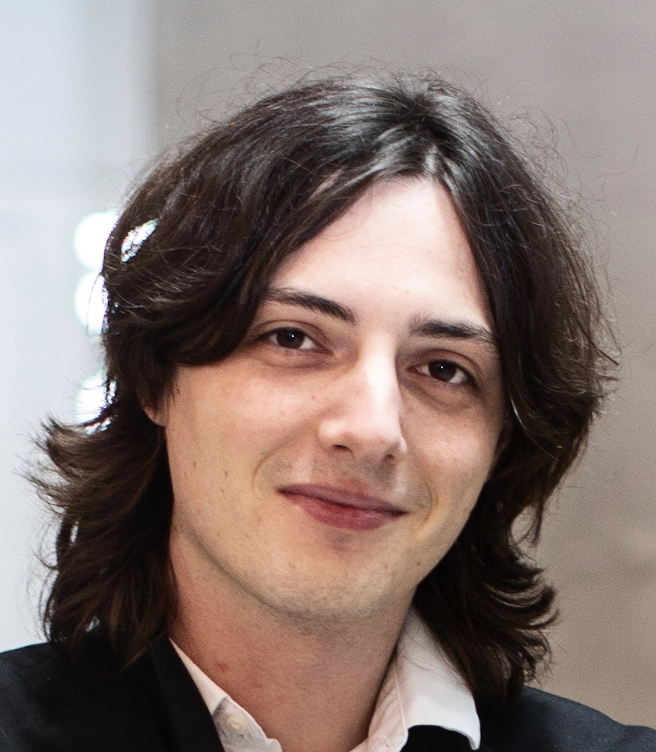Electronic, optical and quantum systems are never perfect. Energy can leak from them, which is a ubiquitous and undesirable phenomenon that leads to various problems physicists refer to as decoherence, noise and loss.
Of the three, particularly energy loss can prevent making the most of new technologies in extreme cases. For example, there is quantum information loss in qubits, the kernels of quantum calculation power, which severely limits the scaling-up of quantum computers.
Conventional wisdom for physicists and engineers is to minimize opportunities for loss to arise in the first place. This is difficult enough, and troubles only increase if the systems need to be coupled to their environment for functionality. An alternative but largely unexplored strategy is to use loss itself as a tool for creating exotic behaviour inside the system. Now researchers from Aalto University, the famed Nokia Bell Labs and the University of Central Florida used the alternative approach to create loss-protected optical systems which can operate perfectly even in noisy environments.
Elizabeth Pereira, Doctoral Researcher at Aalto University in the Nokia Industrial Doctoral School in Quantum Technology, created a theoretical design together with her supervisor, Department of Applied Physics Assistant Professor Jose Lado. A group led by Andrea Blanco-Redondo at UCF, in collaboration with Hongwei Li at Nokia Bell Labs, then demonstrated the design experimentally.
The paper was published in the prestigious journal Nature Materials:
The design centres around a state of matter known a non-Hermitian topological state, which emerged from carefully engineered energy losses. These states are protected from loss and noise precisely by the engineered loss itself. This protection leads to photonic edge excitations, which are the result of a mathematical protection associated with the description of the system, known as a topological protection. The team then realized the design experimentally inside a programmable and integrated photonics platform.












